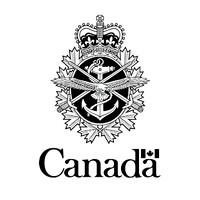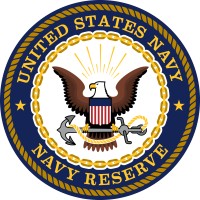
Canadian Armed Forces | Forces armées canadiennes
A career in the Canadian Armed Forces is more than a way to make a living. It’s a passport to a whole-life experience that will change you and allow you to change the lives of others. Join an organization that offers more than 100 different trades and professions. Obtain world-class qualifications and earn a competitive salary and benefits. In the Forces, you enjoy the stability of a steady career and the excitement of a job that offers travel, adventure, camaraderie, and the satisfaction of making a difference. For more videos and information about careers in the Canadian Armed Forces, visit FORCES.CA. _______________________________________________________________________ Une carrière dans les Forces armées canadiennes est plus qu'un simple moyen de gagner sa vie. C’est un passeport pour une expérience de toute une vie qui vous changera et vous permettra de changer la vie des autres. Joignez-vous à une organisation qui offre plus de 100 métiers et professions. Acquérez des qualifications de niveau mondial et bénéficiez d’un salaire et d’avantages concurrentiels. Au sein des Forces, vous jouissez de la stabilité d'une carrière assurée et vivez toute l'excitation d'un emploi qui offre des occasions de voyage et d’aventure, favorise la camaraderie et procure la satisfaction de faire une différence. Visitez FORCES.CA pour de plus amples renseignements et vidéos au sujet des carrières dans les Forces armées canadiennes.






